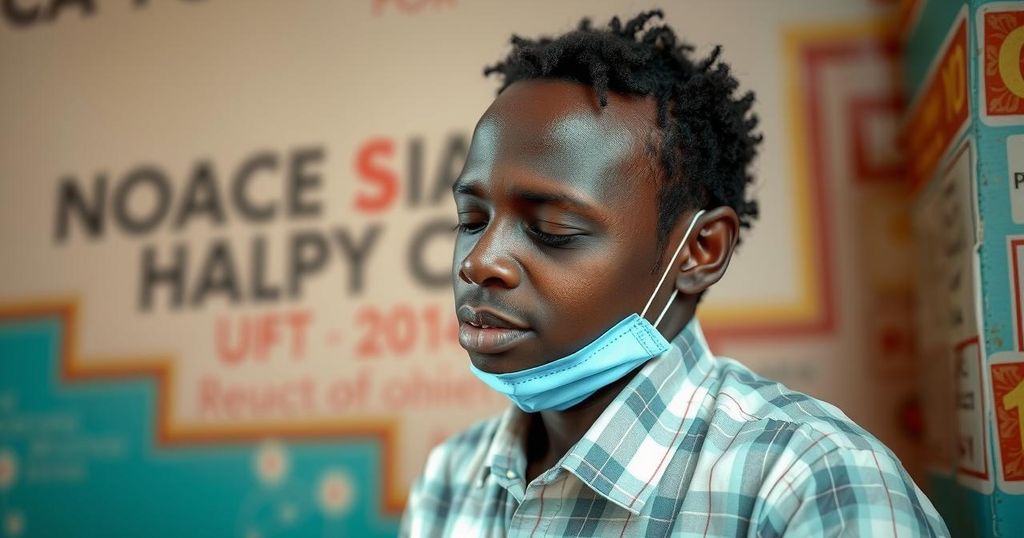Outbreak of Disease X in the Democratic Republic of Congo: A Public Health Concern
An outbreak known as Disease X is currently affecting the DRC, with 406 reported cases and 31 deaths, largely among malnourished children. The nature of the outbreak remains unclear; however, experts suggest that it may not be a new disease but rather a known pathogen causing severe symptoms similar to flu, pneumonia, or malaria. Investigative efforts are underway, yet the remote location complicates diagnosis and response efforts.
A concerning illness, referred to as Disease X, is currently spreading in the Democratic Republic of the Congo (DRC), with 406 reported cases and 31 fatalities, predominantly among malnourished children. As health officials continue to investigate the outbreak in the remote Panzi district of Kwango province, the nature of the disease remains uncertain, with claims suggesting it may not be a new pathogen but rather a known illness. Symptoms reported include fever, headache, cough, and anemia, often indicative of diseases like malaria or pneumonia.
Epidemiologists emphasize caution when labeling the outbreak as Disease X, positing that it may be more accurate to characterize it as an undiagnosed morbidity event. Laboratory tests are underway, yet logistical challenges, including limited local health infrastructure and the remoteness of the area, complicate efforts to identify the causative pathogen. While malaria is common in the region, potential contributors also include other respiratory infections, necessitating broad diagnostic approaches and timely public health interventions.
The Africa Centres for Disease Control and Prevention (Africa CDC) is collaborating with the World Health Organization (WHO) and local health authorities to ascertain the disease’s origin, while precautionary measures are being implemented in the Kwango province to mitigate transmission. Health officials are optimistic yet cautious, highlighting that while the initial assumptions could signify a more familiar disease, further analyses are essential to delineate the outbreak’s etiology.
As the situation develops, international health teams are proactively investigating case transmission dynamics, underscoring the critical need for prompt diagnosis and effective control measures to address the health crisis in the region. Limited access to advanced testing facilities further complicates the situation, as rare pathogens require specialized analysis often conducted abroad, potentially delaying understanding of this mysterious disease.
The Democratic Republic of the Congo is currently facing an outbreak of an undiagnosed illness, termed Disease X, which remains a source of significant public health concern among local and international health agencies. With reports indicating a high incidence of cases and associated fatalities, particularly among vulnerable populations, the outbreak necessitates rigorous investigation by health officials. Given the region’s challenging geography and limited health infrastructure, identifying the root cause of the illness poses substantial obstacles for effective disease control and management. Historically, outbreaks in the DRC and similar regions have often been linked to known pathogens, emphasizing the importance of thorough diagnostic efforts. The collaboration between local health authorities and international organizations is crucial in addressing the complexities associated with this health crisis.
In summary, the outbreak of Disease X in the DRC raises alarm due to its undiagnosed nature and the mortality predominantly observed among those most vulnerable. While preliminary assessments suggest that further investigation may reveal known pathogens as the cause, immediate and effective public health measures are imperative to control the spread of illness. The logistical challenges inherent in managing such an outbreak in a remote area further underscore the need for coordinated efforts between local and international health authorities. As diagnostic testing progresses, clarity regarding the illness will guide appropriate responses to safeguard public health.
Original Source: www.dw.com




Post Comment